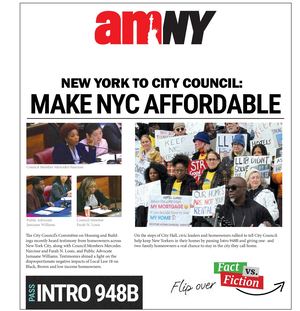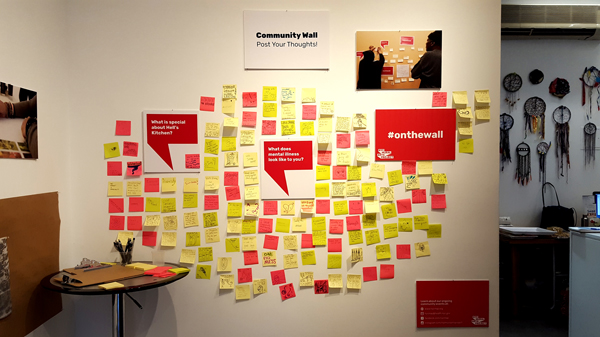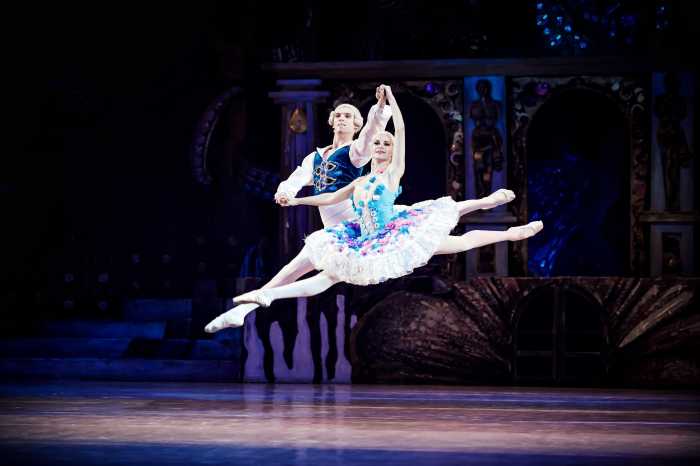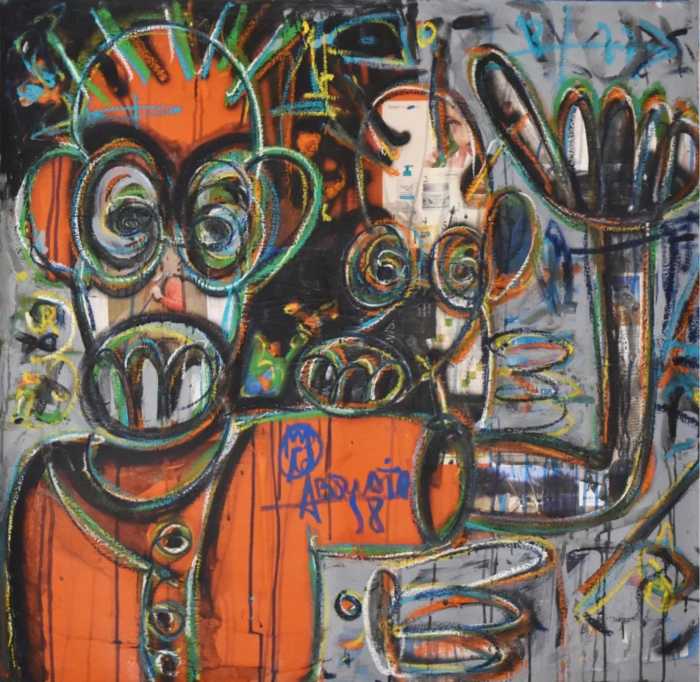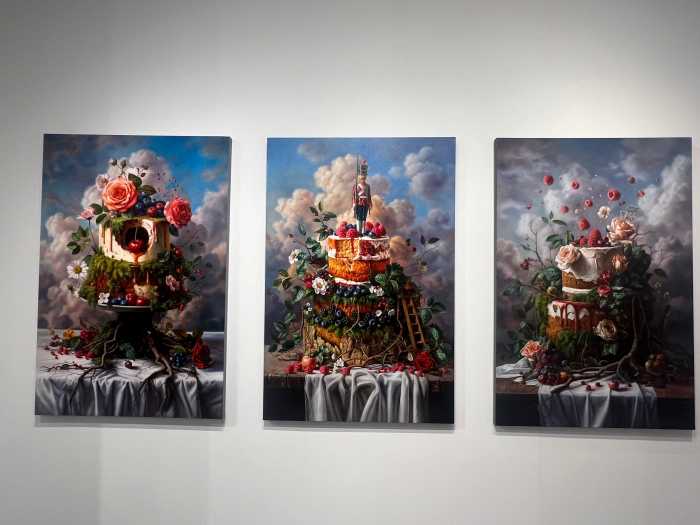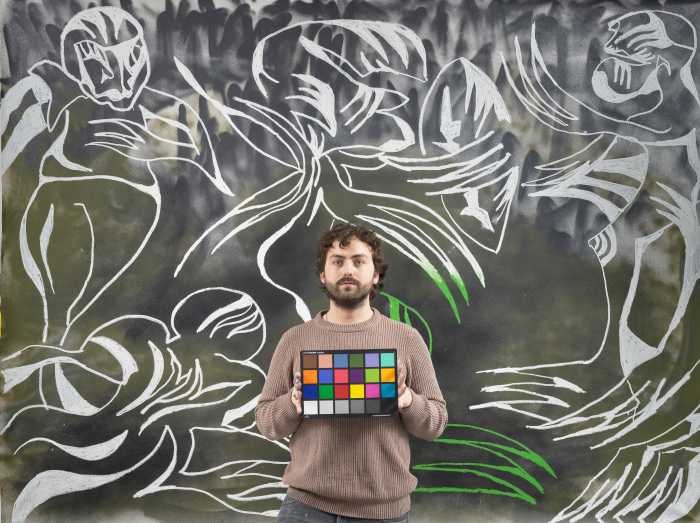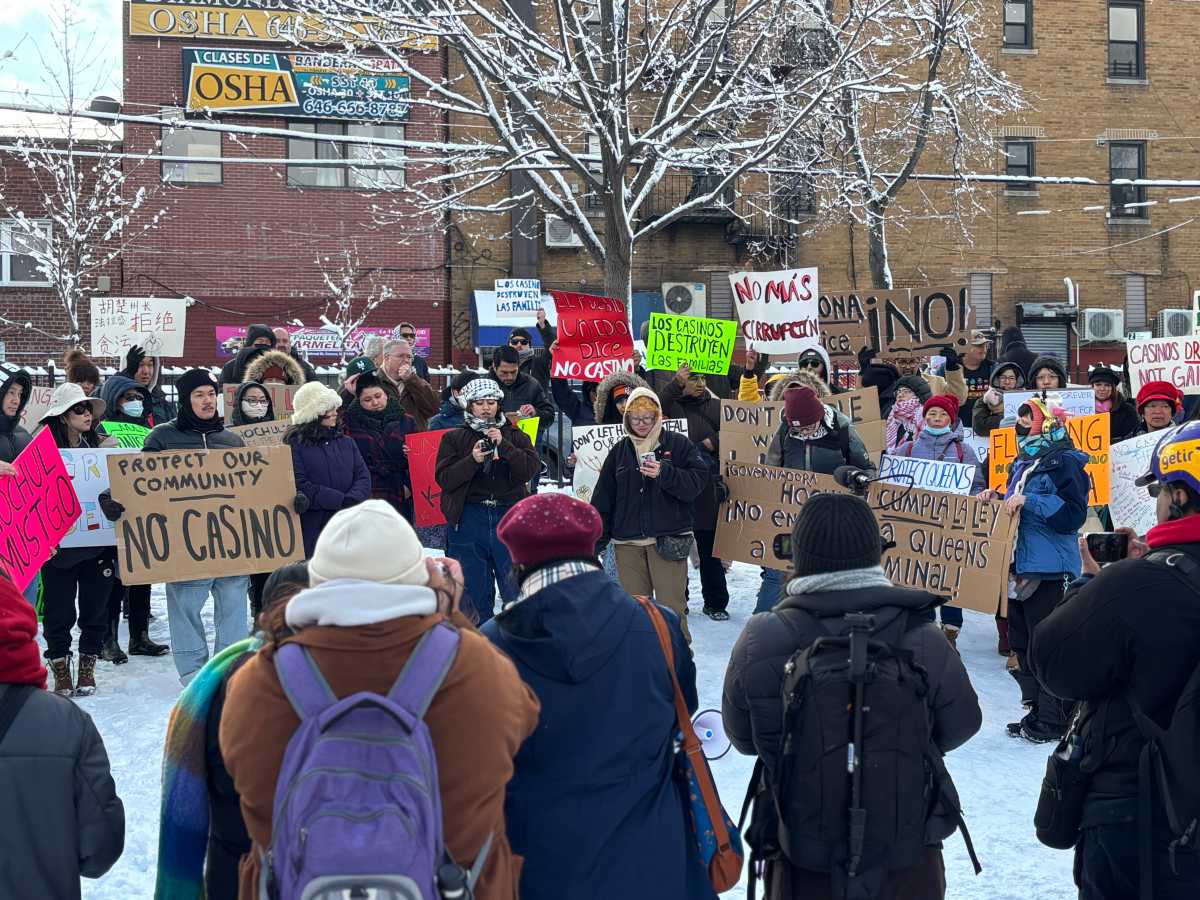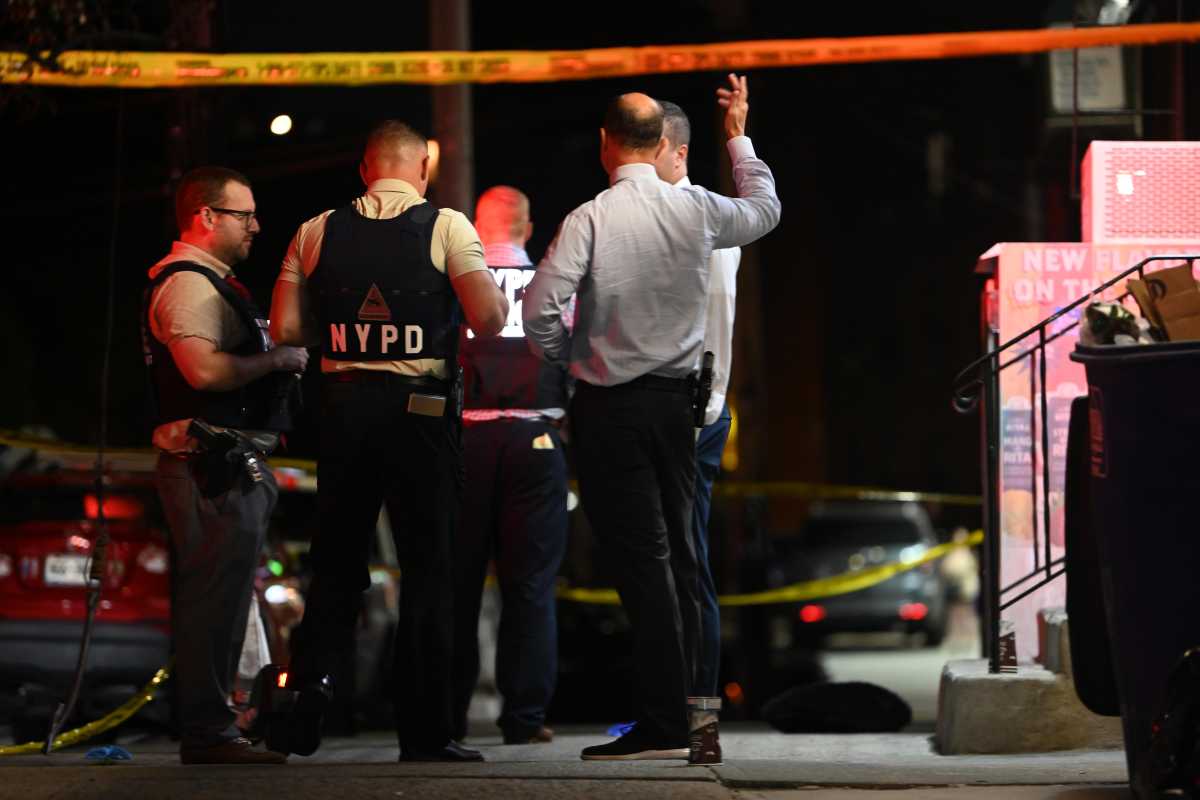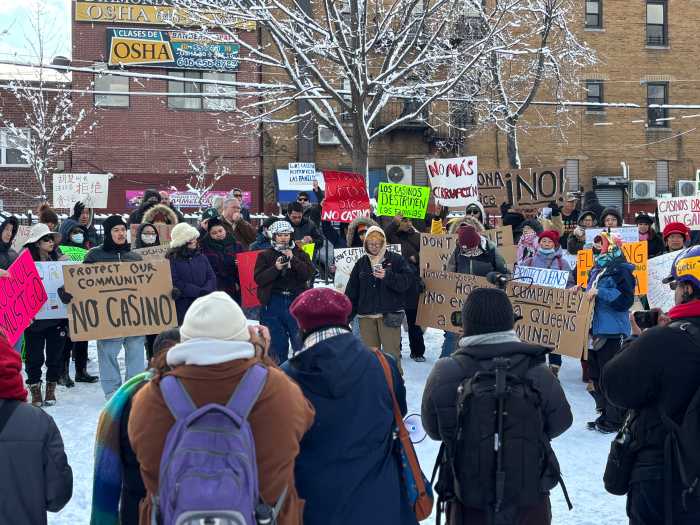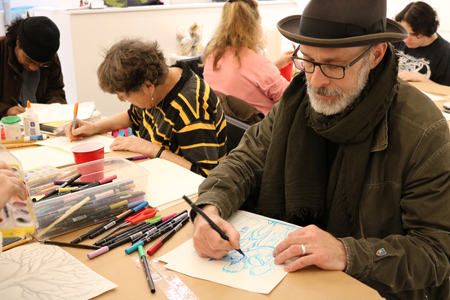
BY DUSICA SUE MALESEVIC | A new city arts program is looking to build connections and spur discussions between communities and those living with mental illness.
The New York City Mural Arts Project is in its pilot year and is working with artists, community groups, and the community at large to use art to tackle issues such as the stigma surrounding mental illness. The project is an initiative of the city’s Department of Health and Mental Hygiene (DOHMH) and collaborates with community organizations.
At Fountain House Gallery in Hell’s Kitchen, located at 702 Ninth Avenue, between West 48th and 49th Streets, the community is invited to participate in the mural-making process, whose elements include open studios and opportunities for reviewing the design concept, as well as drop-in painting and drawing sessions during which participants contribute their thoughts about their neighborhood and what mental illness looks like to them.
“A lot of people haven’t bought a watercolor set since they were nine, and so this is liberating. It’s about expressing yourself,” said lead muralist Andrew Frank Baer (andrewfrankbaer.tumblr.com).
The nonprofit gallery — established by Fountain House, an organization that helps those with mental illness — serves artists living with mental illness. Gallery director Ariel Willmott said the mural arts project is in line with its mission.
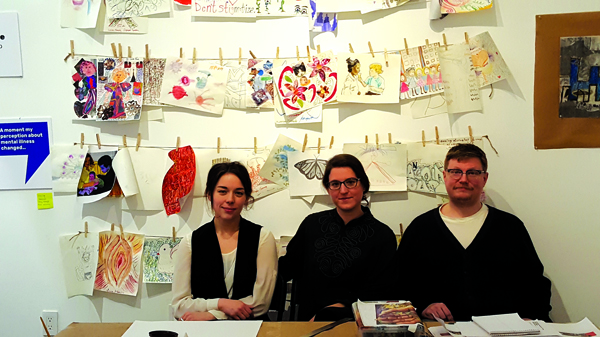
“A huge part of what we do is trying to address the stigma around mental illness through art, so this truly felt like a perfect fit since it would be utilizing the talents of our artists and general Fountain House members to create an artistic vision that would be challenging the stigma around mental illness,” she said.
The gallery has done outreach to the community before, hosting events — art openings, curator and artists talks, book swaps — that are open to the public, and Willmott said that a lot of its foot traffic comes from people who live and work in Hell’s Kitchen. Vanessa Smith, project manager of the New York City Mural Arts Project, said working with community-based organizations, such as the Fountain House, is helping “to spread the word about some of the goals of DOHMH through this project, specifically around stigma reduction for mental illness, and then starting to create new type of dialogues through our events.”
She added, “A big goal of ours [is] this sort of idea of creating new opportunities for social connection and connectivity.”
Dr. Gary Belkin, executive deputy commissioner of mental hygiene at the DOHMH, said in a phone interview that the project learned much from a Philadelphia mural arts program called Porch Light.
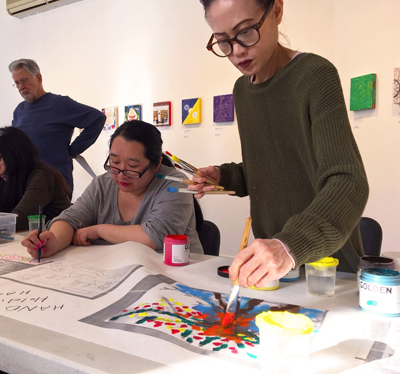
The Hell’s Kitchen, East Tremont, and West Bronx neighborhoods have been chosen for the community mural project — based, noted Belkin, on the DOHMH’s assessment of areas that had providers and places with higher need. Out of the city’s 59 community districts, Clinton and Chelsea ranked 12th highest for psychiatric hospitalizations and 16th for alcohol-related hospitalizations, according to a 2015 Community Health Profile for the neighborhoods.
The city put out a request for proposal for artists, looking for those whose past work “seemed similar in scope and approach,” Belkin said. The city chose Baer for the Manhattan mural, and Tova Snyder for the two Bronx murals (the project is partnered with VIP Community Services in the Bronx).
There have been other public murals that focus on mental health, Belkin said, but this is the first program that is part of the “public mental health strategy.” The New York City Mural Arts Project received $500,000 in funding, which the DOHMH got from the New York State Office of Mental Health. Next year, the project aims to do five community murals.
Smith said the project’s steering committee included Community Board 4, and said that the boards are critical to getting things launched in any community.
During this reporter’s visit on March 23, community-made drawings and paintings abounded, and tempting markers and paints waited patiently to be used. A “Community Wall” was dedicated to people’s thoughts about their neighborhood and what mental illness looks like to them. Among the messages, written on Post-It notes: “broken but full of love,” “a struggle to understand,” and “seeing the unseen.”
Baer emphasized that he wanted to hear from the community at large.
“In the past few weeks if I saw someone come in and seem engaged with the work, I would try to introduce myself and encourage them to interact with it,” he said, noting that he is at the gallery frequently. “There’s no need to feel inhibited when making art.”
While this is the first time he is lead muralist, Baer has worked on similar projects, volunteering at Groundswell — a community arts group that has painted almost 500 murals — and working with Los Muralistas de el Puente, an artist collective that has created more than 20 community murals.
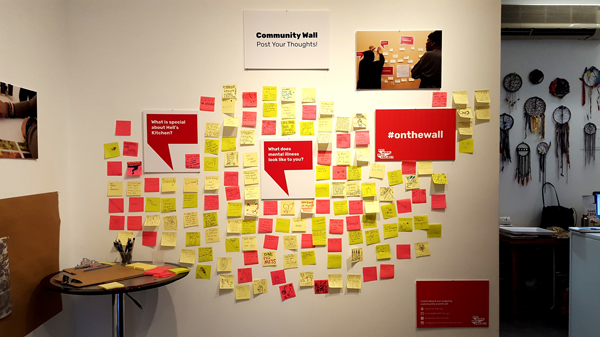
Last November, Baer started weekly workshops with Fountain House Gallery artists where “we would gather ideas, gather words, gather images — see what’s important to them,” he said. Willmott noted it was important the artists came together to build a relationship and explore ideas before embarking on the mural process. The public was invited to give input and meet Baer at the mural project’s March 8 “Open Studio” inaugural event.
“I definitely love the aspect of the [Fountain House Gallery] members being able to directly engage with the community on something — like, they’re working together on a project,” Willmott said. “I think that changes the energy. This space being an active space as opposed to a more passive, viewing, and conversation experience. If you look around, there’s art supplies and people can just draw and add their work to the exhibit — that makes this very unique.”
Baer added, “Honestly, I think a lot of community engagement comes from people coming in, talking to people every day; seeing a mother look at the wall and talk to her kid about stigma. It can be really touching to encourage them to contribute.”
Smith explained that there were two types of stigma: the stigma one has against oneself that can create a negative mindset and the stigma of how the public views mental illness in certain ways.
“It’s hard for individuals — and then also [for] people that don’t live with mental illness — to grapple with those two,” Smith said. “These open studios have been really powerful for us to talk about stigma in a way that you just don’t see that often.”
The mural is still in the design phase, as Baer works on threading the themes together. Smith said once the mural is finalized and approved, it will be converted into a black and white image that will be put on a thin material called polytab –– or parachute –– cloth.
It “becomes a coloring book in a lot of ways,” she said. “So it’s very easy for people to engage with this project.”
